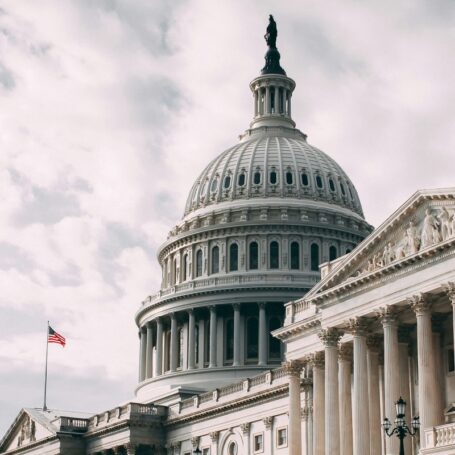New U.S. Budget Includes 12 Percent Hike for NSF
Shortly before the new year, legislation — which among many other things increased funding for the United States National Science Foundation by 12 percent compared to the current year – was signed by President Joe Biden.
The Consolidated Appropriations Act for the 2023 fiscal year approved spending $1.7 trillion across the U.S. government for the current year, so the $9.9 billion appropriated for the National Science Foundation (NSF) is just a small piece of that colossal pie. However, the additional $1.036 billion is still a large increase in total spending for the premiere funder of academic social science research in the United States.
It is, however, less than what Biden had requested for the agency originally. In his budget request released last March, the White House requested $10.5 billion for NSF, a $1.66 billion increase, or 18.8 percent.
The increase is also not built into the “base” budget of the NSF. As explained in a detailed budget analysis prepared by the Consortium of Social Science Associations:
The practical effect of that tactic means that future discussions about the size of NSF’s budget might use the smaller base figure as a starting point instead of the larger appropriated amount.
Looking at the appropriated amount for the 2023 fiscal year, $7.8 billion is allocated to NSF’s research and related activities, an increase of $680 million, or 9.5 percent, above the FY22 level. (The president had asked for$8.2 billion.)
By convention, the appropriations bill – which is actually 12 more-focused funding bills rolled into one – does not specify NSF spending at the directorate level, i.e. how much goes to social science as opposed to say, geology. As an executive branch agency, the NSF is therefore allowed to set its own priorities (see usaspending.gov for a plain-language breakdown of 2022). At present, while it’s the smallest of NSF directorates, the Social, Behavioral and Economic (SBE) Sciences Research Directorate funds over half of the United States’ university-based social and behavioral science research.
To give an idea of what might happen, the amount actually allocated to SBE in the 2022 fiscal year was $285.8 million. A 12 percent increase to that would put the budget at around $320 million. Meanwhile, the president’s budget request suggested allocating $330.2 million.
For more information on how the new budget affects other social and behavioral science spending in the U.S., including the $47.5 billion sent to the National Institutes of Health and the $8.5 billion to the Department of Education, we recommend the COSSA analysis mentioned above.




















































































